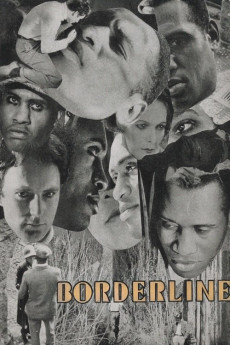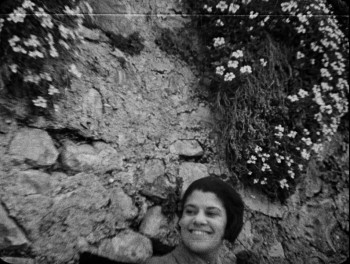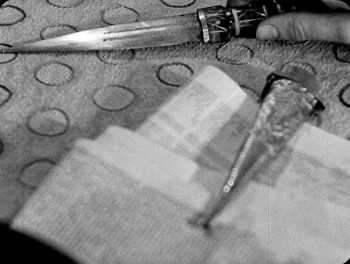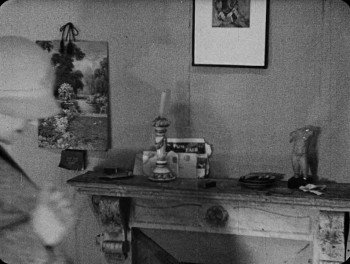Plot summary
When a black couple vacations at a resort in Switzerland, an interracial affair stirs racial tensions among the townsfolk.
Director
Top cast
Paul Robeson as Pete - a Negro
Eslanda Robeson as Adah - a Negro Woman
Hilda Doolittle as Astrid
Gavin Arthur as Thorne - Her Husband
Tech specs
720p.BLU 1080p.BLU 681.03 MB
954*720
No linguistic content 2.0
NR
24 fps
1 hr 14 min
Seeds 63
Movie Reviews
Reviewed by
Modern film for its time
Reviewed by
Seeing Paul Robeson and his wife, Eslanda, in Borderline was an interesting Avant Garde exercise
Reviewed by
What can one say?
3 Comments
Be the first to leave a comment
Load more comments











